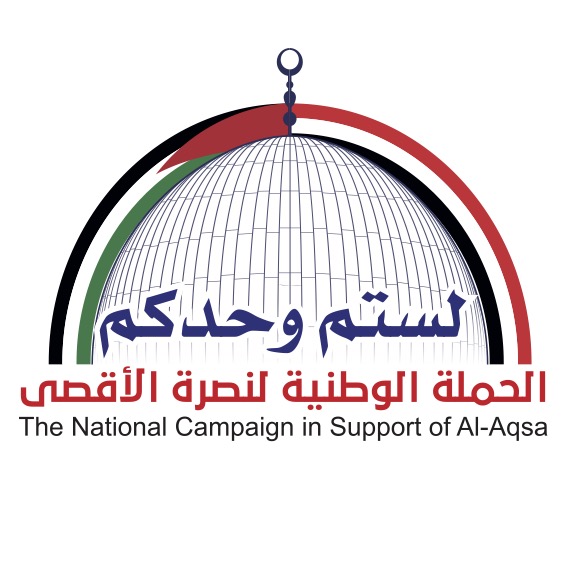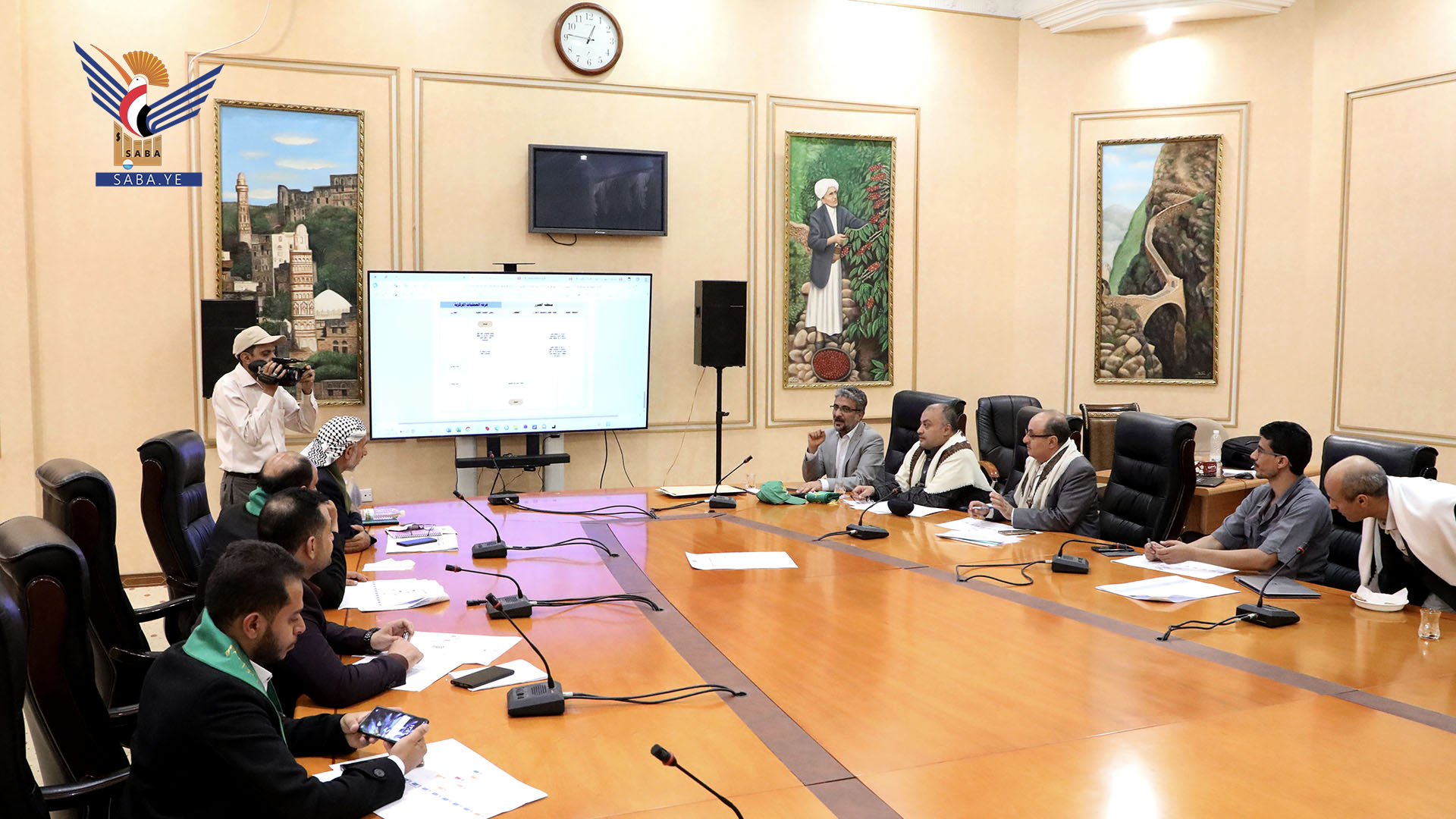SANA'A August 31. 2024 (Saba) - First Deputy Prime Minister Mohammed Muftah was briefed on Saturday on the final draft of the emergency plan to deal with disaster and flood damage prepared by the Central Operations Room of the Supreme Committee for Responding to Emergency and Flood Damage.
The plan, presented by Deputy Prime Minister - Minister of Administration and Local and Rural Development - President of the Chamber Mohamed Al-Madani and his team, aims to provide advance protection for areas that may be exposed to flood disasters according to forecast indicators, in addition to the subsequent relief and rescue intervention for those affected.
Al-Madani explained that the plan's goal revolves around protecting lives, infrastructure, and public and private property from the damage and effects of floods and disasters in the future in partnership between official institutions and society, as well as relief intervention and organizing rescue operations for those affected.
He pointed to the plan's sub-objectives, the most prominent of which is the preparation of a national database capable of predicting areas expected to be exposed to disaster risk in the future. He also discussed working to avoid such disasters by improving and developing the urban and rural environment and activating systems and means of early warning of risks.
Al-Madani pointed out that the implementation of rescue and relief operations and helping those affected to rehabilitate their homes and properties and reconstruction is one of the most important of these sub-goals, stressing that reducing loss of life and damage to property, helping the community to recover, protecting infrastructure and ensuring the continuity of basic services in the affected areas is one of the most important expected results.
He pointed out that the successful implementation of the plan will increase community awareness of the risks of floods and disasters and provide successful experiences to help those affected as soon as possible.
The draft plan entrusted the central government, local authorities in governorates and districts, as well as non-governmental organizations, the private sector, citizen initiators, and interacting social groups with responsibility for implementing the emergency plan to deal with disaster and flood damage.
According to the draft, the contingency plan consists of four phases, starting with a pre-assessment of risks and the preparation of a national database of areas expected to be exposed to disaster risk, followed by the prevention and construction phase dedicated to avoiding disasters by improving and developing the urban and rural environment such as the construction of dams, barriers, caravans and channels for directing floods and water.
According to the draft, the third phase included rescue and relief, as it is based on planning and implementing evacuation, shelter, supply, and rapid road opening until it ends with entering the fourth and final stage, which is the recovery phase that works on the reconstruction of homes and the rehabilitation of damaged properties.
In the meeting, the First Deputy Prime Minister praised the contents and vocabulary of the plan. He stressed the need to absorb the observations submitted and submit them urgently to the Supreme Emergency Committee and approve them finally.
He urged that the plan be characterized by financial governance, transparency, and flexibility to facilitate relief operations and work to document data and information on all operations included in the plan to benefit from them in the future.
Scholar Muftah stressed the partnership between official and community institutions in implementing the plan's vocabulary in all four phases, as well as the sustainability of its work to avoid disasters caused by floods in the future.

| more of (Local) |




